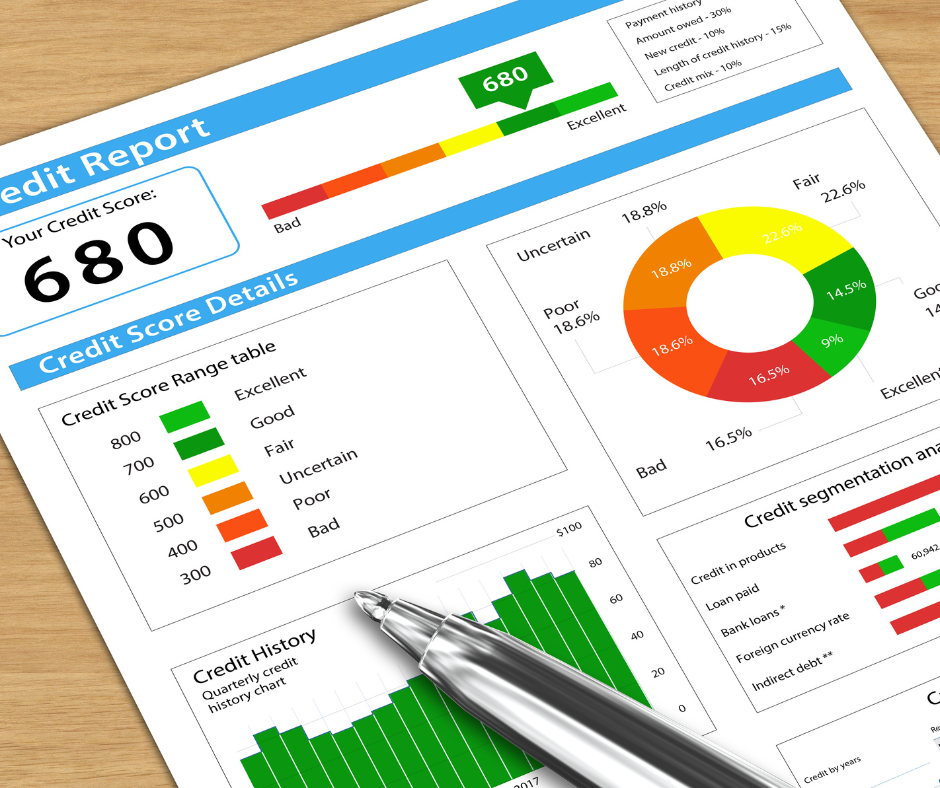How to Establish a Credit History

Establishing a good credit record can be difficult for anyone without a credit history. Here are some tips to help you build credit and maintain a good credit score.
If you plan to obtain a credit card, car loan, or mortgage, make sure you carefully read the contract. It‘s very important to know the interest rate you’re getting and how much you will be paying per month.
Here are two ways to establish a credit history with a credit card:
1. Open a secured credit card: Open a deposit account for $500 to $1,000. The financial institution secures the credit card balance with your deposited amount and gives you a credit limit up to that amount. Keep this secured credit card for at least 12 months.
At IAA Credit Union, we offer a couple of different free checking account options. Our Dollars & Sense Checking account is exclusively for students ages 13-23. This is a great way for teens to keep their money in a safe place and learn about money management. Our Platinum Checking is available to those who set up a direct deposit of your payroll or retirement check into your IAACU checking account. With each of these accounts, we offer a secure credit card.
2. Apply for a credit card with a co-signer: A co-signer agrees to pay your debt if you are unable to do so yourself. Since co-signing a credit card affects the co-signer’s credit score, it’s important that you use the card responsibly and don’t abuse this assistance. Keep the co-signer on the credit card agreement for no more than 12 months. To remove them from the agreement, you may need to cancel the card. Check with the credit card issuer for details.
This is great for students in high school or college who are working part-time jobs. This is another opportunity to teach kids about money management. This also allows students to start to be able to build their credit, which can be beneficial to them later in their life.
Once you’ve established credit, it’s important to manage your debt. To do so:
Review credit card statements every month.
If you carry a balance on the card, review how much interest you are paying.
Use it only for emergencies or recurring payments, such as utility bills or fixed expenses.
Ideally, you should pay off the total amount owed on your credit card statement each month. If that isn’t possible, then keep your credit card balance under 50% of the total available balance. For example, if you have a credit card with an available credit of $5,000, your total balance should be no higher than $2,500. This is because credit reporting agencies review your usage and use it to calculate your credit score. The more credit you use and don’t pay off, the lower your score will go.
IAACU partners with My Credit Score to allow our members to see their credit scores. The Score Simulator Tool can be used to see how different scenarios impact your credit score or to see what steps can be taken to get your credit score to where you want it to be. GreenPath Financial Wellness is another resource that allows members to anonymously discuss their credit and financial history.
Building and maintaining a good credit history doesn’t have to be difficult. It just requires a little planning and a little restraint. If you start with a small loan, manage your credit responsibly, and consistently pay off your debts each month, you’ll quickly establish a solid credit record.
Now that you have learned how to establish a good credit history, read about what all numbers mean and where they come from here.




